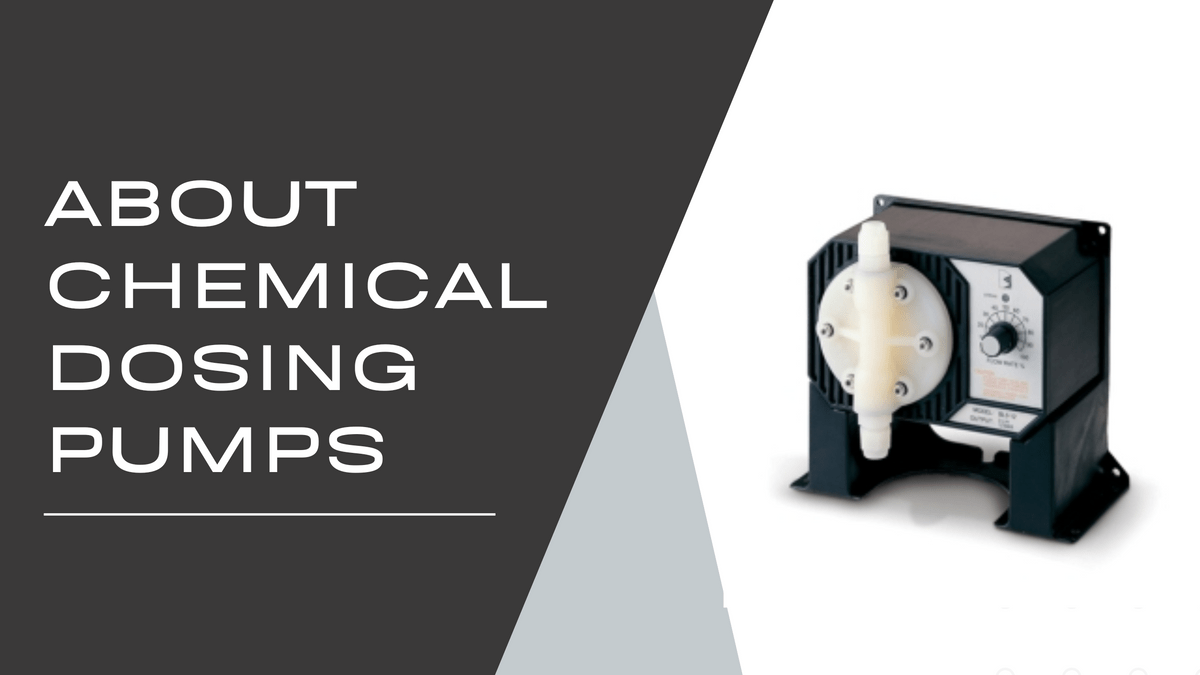
A crucial element in the production process for numerous sectors is the accurate and exact dosing of chemicals. A chemical can drastically alter a product or even render it unsafe to use with even the smallest adjustment. Chemical dosing pumps provide a controlled and steady stream of a particular quantity of chemicals into a water, steam, or gas flow. On such a large scale, people need to administer chemicals in the proper amounts. Consequently, the significance of chemical injection pumps is relevant.
Finding the best chemical dosing system for the task might be challenging, though, as there are many different options on the market. Find our in-depth guide to selecting the ideal chemical dosing system below.
Things to Consider When Picking the Right Chemical Dosing Pump
Which chemical injection pump is the best option for your specific application depends on various factors. The most important thing is to pick a pump that can deliver an acceptable flow rate for your requirements. Chemicals can be pumped at a considerably higher flow rate using larger, more robust pumps than they can with smaller pumps. Of course, you must also select a pump appropriate for the chemicals required by your application.
Diaphragm and peristaltic chemical metering/dosing pumps are frequently considered while treating water or wastewater. Chemical feed is the first need that needs to be met. Regardless of the type of unit selected, it must be able to measure and administer exact amounts of chemicals to satisfy, but not exceed, the chemical demand of the specific application.
Types of Dosing Pumps
Positive displacement pumps of both types exist, although they function differently. There are two phases in the pumping cycle of diaphragm pumps: suction and discharge.
Specifically, during the cycle's suction phase, this sporadic chemical pumping may result in gas accumulation in the pump head. Vapor lock may occur due to this gas buildup. Check valves are found on the suction and discharge ends of the pump head of diaphragm pumps. The pump will not accurately meter chemicals or may stop pumping altogether if either set of check valves gets clogged, which could result in a loss of prime.
Fluids may also experience shear stress from diaphragm pumps, especially if the pump has a high-velocity stroke action. Therefore, despite first seeming to be the more economical option, the diaphragm pump also has drawbacks. Heads and valves can become clogged by fluids containing particles and chemicals that produce gas. Routine maintenance procedures must be carried out to prevent these problems.
As there are no valves to block, peristaltic metering pumps are excellent at pumping fluids containing particle matter into lower-pressure systems. Additionally, the delicate fluids inside the tube won't be harmed by the mild forces produced by the peristaltic pumping activity.
While diaphragm pumps frequently lose their prime and break down when gases build up in the pump head, peristaltic pumps are excellent when pumping gas-forming fluids like sodium hypochlorite because the gas is "pumped through" the peristaltic tube.
Conclusion
Finding the appropriate dosing pumps depend on the application. Users can make an objective choice and ensure they get the optimum pump by contacting a manufacturer that provides both peristaltic and diaphragm pumping units.